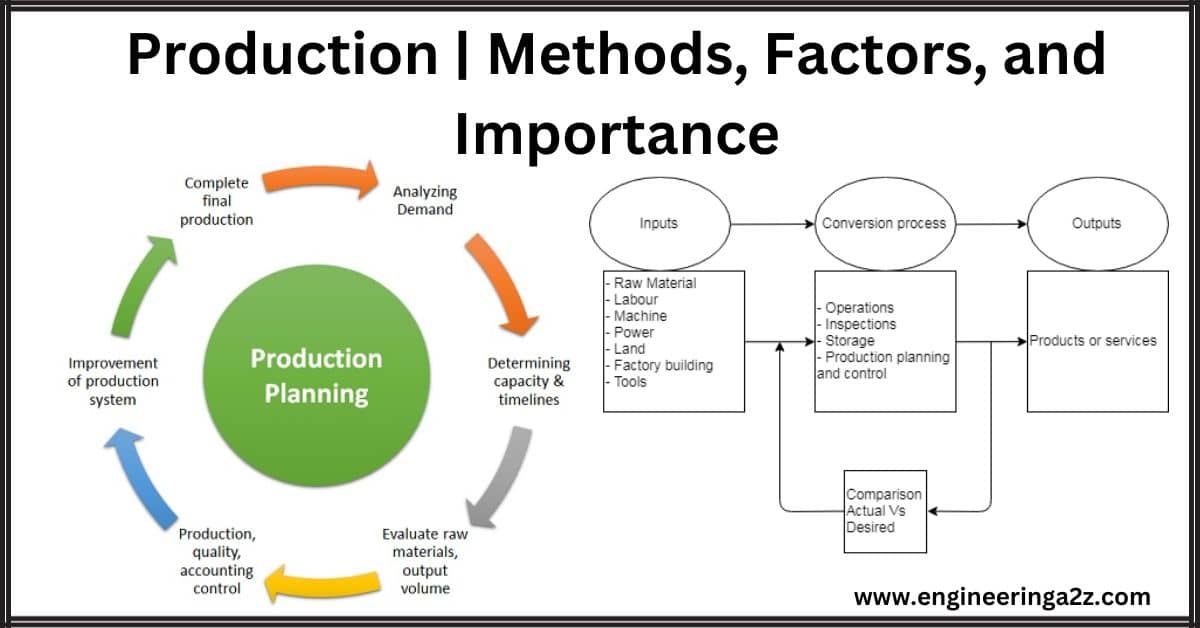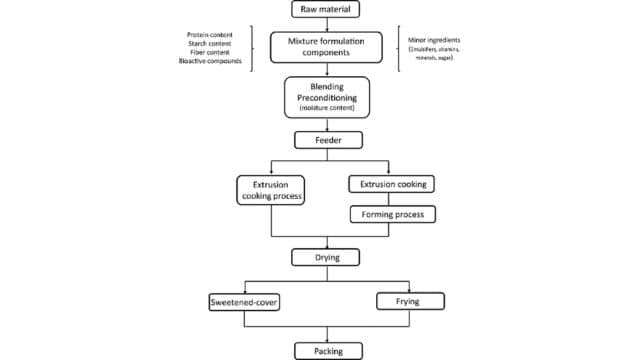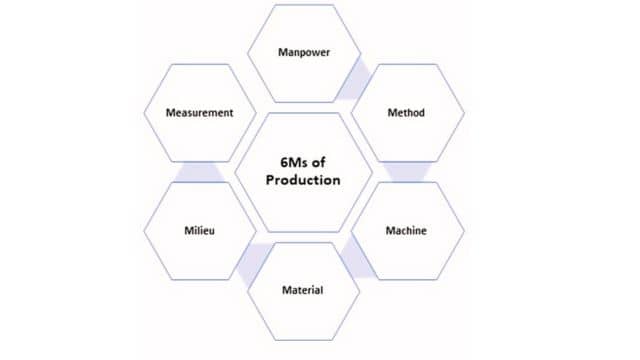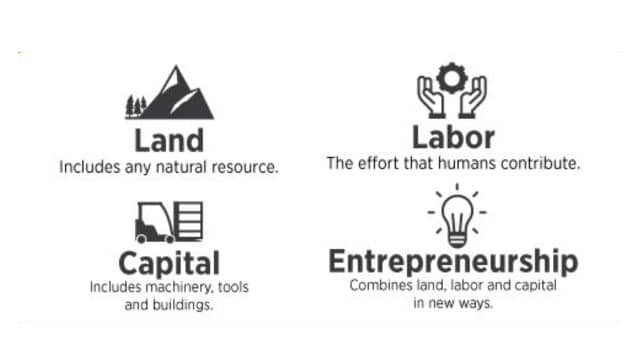
Table of Contents
Introduction
In economics, the term “production” doesn’t refer to the creation of physical goods, but rather to the process of enhancing the utility or value of existing resources. This concept aligns with the idea that humans cannot truly create material things; instead, they modify the form or condition of resources to make them more useful.
For instance, when you make ice cream, you’re not actually creating a new material well; you’re transforming ingredients like milk, sugar, and cream to increase their utility and value. This viewpoint is supported by economists like Marshall and philosophers like Beacon, who argue that humans can only change the form or situation of things, while nature alone can create something from nothing.
In simpler terms, economic production involves either altering the form of resources to make them more useful (e.g., turning milk into ice cream) or allowing nature to enhance their utility (e.g., planting seeds and letting nature facilitate their growth). This process ultimately raises their value in the economic context.
Definitions of Production
(1) According to Anatol Murad, Production may be defined as the creation of utilities.”
(2) In the words of A.H. Smith, “Production is the process that creates utility in goods.”
(3) According to Nicholson, “Production means an increase in the value of a commodity.”
(4) In the words of Prof. M.J. Ulmer, “Production is any activity which adds to the value of a nation’s supply of goods and services.”
(5) Robert Awh has given a modern definition of production In these words, “Production may be defined as the process by which inputs may be transformed Into output.”

Methods of Creation of Utility
Production is possible by creating utility in more than one way. Utility can be created by the following methods:
- Form Utility: This refers to increasing the utility of a product by changing its form. Examples include converting maida (flour) into biscuits or a log of wood into a table. Companies like Dalmia Biscuit Company or Godrej Steel Furniture Company create form utility.
- Place Utility: Place utility is achieved by enhancing the utility of a product by changing its location. For example, transporting sand from a riverbank to construction sites or moving coal from mines to different regions. Transport companies, railways, shipping, and air companies are involved in creating place utility.
- Time Utility: Time utility involves increasing the utility of a product by storing it for a certain period. Storing fruits like apples, mangoes, and oranges in cold storage during the off-season to take advantage of higher prices is an example. Traders engage in creating time utility.
- Service Utility: Service utility is created when the service provided by a person satisfies another person’s needs. Examples include teaching by a professor, legal representation by an advocate, and tailoring services. Professors, advocates, and tailors are involved in creating service utility.
- Possession Utility: This type of utility is generated by changing the possession of a commodity, increasing its utility. Retailers, stockists, and traders are examples of entities that create possession utility. For instance, a sewing machine has more utility for a tailor than for a stockist.
- Knowledge Utility: Knowledge utility is achieved by providing comprehensive information about a commodity. This type of utility adds to the knowledge of prospective customers and is often facilitated through advertising and informational campaigns.

Factors of Production
The factors of production, also known as inputs or resources, are essential components in the process of producing goods and services. They work together to generate output. Modern economists typically classify these factors into five categories:
- Land: Land encompasses all natural resources provided by nature. It’s not limited to just the Earth’s surface but includes forests, minerals, mountains, rivers, waterfalls, and the fertility of the soil. In essence, land refers to the natural endowments that contribute to production.
- Labour: Labour represents the human factor of production. It involves the mental and physical efforts of individuals engaged in various activities to earn rewards. For instance, the services of carpenters, goldsmiths, weavers, teachers, doctors, and other professions fall under the category of labour.
- Capital: Capital is a man-made physical factor of production used to enhance further production. It includes machines, tools, houses, railways, workshops, and other man-made assets. Capital can be considered as the part of wealth that is employed to generate income.
- Organization: Organisation is another human factor of production. It involves the coordination and management of land, labour, capital, and other resources to efficiently produce goods and services according to a planned strategy. This factor plays a crucial role in overseeing and directing production activities, with roles such as General Managers, Supervisors, Business Executives, and Administrators falling under this category.
- Enterprise: Enterprise is a specialized human factor of production that encompasses the entrepreneurial spirit. It involves taking on the risks associated with production, as well as transforming new ideas and inventions into practical and profitable ventures. Entrepreneurs provide the innovation and leadership necessary to bring a business concept to life.
Agents of Production and their Income
In economics, we often distinguish between factors of production and agents of production. The factors of production are the various resources and inputs needed for production, as discussed earlier: land, labour, capital, organization, and enterprise. These factors are the fundamental building blocks of the production process.
On the other hand, agents of production are the individuals or entities who own and supply these factors of production. There are five key agents of production, each associated with a specific factor:
- Landlord: The landlord is the owner of land and natural resources. Their income is derived from the rent they receive for allowing others to use their land.
- Labourer: The labourer is the individual who provides their physical and mental labour to the production process. Their income is known as wages, and it’s the compensation they receive for their work.
- Capitalist: The capitalist is the owner of capital goods, such as machines, tools, and equipment. Their income is in the form of interest, which is the return they earn on their investment in these capital assets.
- Organizer: The organizer is responsible for coordinating and managing the various factors of production to ensure a smooth and efficient production process. Their income may come as a salary or wages for their organizational and managerial efforts.
- Entrepreneur: The entrepreneur is the owner of the enterprise and is responsible for taking risks, making decisions, and bringing together all the factors of production to create a product or service. Their income is known as profit, which represents the rewards for their entrepreneurial endeavors.
Importance of Production
Production plays a vital role in both individual prosperity and a country’s economic development. Here’s a simplified explanation of its importance:
- Basis of Consumption: To satisfy our needs and desires, we want to enjoy various goods and services, like ice cream, clothing, TVs, scooters, etc. However, we can only consume these items if they are produced in sufficient quantities and at affordable prices. So, the availability of goods and services for people to consume depends on the level of production in a country.
- Basis of Economic Development: For a nation to experience rapid economic growth, it must produce a lot of producer goods, such as machines, electricity, raw materials, and chemicals. These producer’s goods enable the production of consumer goods like clothes, sugar, scooters, and more. Increased production also creates more job opportunities, reduces poverty, and decreases unemployment, forming the foundation for economic development.
- Basis of Economic Welfare: Economic well-being in a country is boosted when people’s living standards improve, per capita income increases, and essential items are available at reasonable prices. Large-scale production of agricultural products and consumer goods, both in terms of quantity and quality, contributes to economic welfare by making these goods accessible and affordable.
- Basis for Economic Planning: Economic planning, as seen in initiatives like Five-Year Plans in India, relies heavily on setting production targets for various goods. The success of a plan is often measured by whether these production targets are met. Higher production leads to increased trade and economic activity.
- Basis of Trade: The volume of both domestic and international trade in a country is significantly influenced by its production levels. Trade is a key driver of economic growth and development.
- Basis of Government’s Income: Governments collect revenue through taxes on production, such as excise duty, customs duty, and sales tax. When production is high, tax revenue also increases, allowing the government to spend more on improving the economic and social well-being of its citizens.
Factors Affecting the Volume of Production

A country’s economic prosperity relies on several key factors that influence production:
- Natural Resources: The availability and effective use of minerals, fertile soil, forests, and favorable climate impact production. Abundant resources are managed well to boost production, but natural disasters like floods and droughts can hinder it.
- Labour: Efficient and disciplined workers, especially those with education and a sense of responsibility, contribute to increased production.
- Capital: Savings and investments provide essential capital for building infrastructure like irrigation, electricity, transportation, and the production of goods such as machinery.
- Technology: Innovations and modern production methods can significantly boost productivity, making better use of resources and increasing production.
- Organization: Efficient organization and skilled management are vital for large-scale production, ensuring smooth operations.
- Entrepreneurship: Risk-taking entrepreneurs drive innovation and production growth, playing a significant role in some countries.
- Banking and Credit: Access to affordable credit is essential for expanding businesses and boosting production.
- Market, Transport, and Power: Extensive markets, efficient transportation, and a stable power supply are crucial for large-scale production.
- Government Policies: Government policies, such as support for industries and entrepreneurs, subsidies, and pro-production measures, play a significant role in boosting production.
In summary, a country’s economic well-being depends on the quality, quantity, and affordability of its production. Various factors like resources, labour, capital, technology, organization, entrepreneurship, credit access, market reach, transportation, power supply, and government policies collectively determine a nation’s production level, shaping its economic prosperity.
Frequently Asked Questions (FAQs)
What is Production?
Production refers to the process of creating goods and services using resources, labour, technology, and capital to satisfy human wants and needs.
What is production process flow?
A production process flow outlines the sequence of steps and activities that transform raw materials or inputs into finished goods or services in a systematic and efficient manner.
What are the 4 main parts of production?
The four main parts of production are:
1. Input/Resources: These include raw materials, labour, capital, and technology.
2. Production Process: The steps and activities involved in creating goods or services.
3. Output/Products: The finished goods or services produced.
4. Distribution: The process of delivering products to consumers or distribution channels.What are the different types of production?
Different types of production include:
1. Manufacturing: Physical goods production.
2. Service: Providing intangible services.
3. Batch: Producing in specific quantities.
4. Continuous: Non-stop production.
5. Mass: High volume production.
6. Custom: Tailored to individual orders.
Read Also:
- Total Quality Management | History, Importance, and Characteristics
- Energy Management | Need and Environmental Aspects
- Marketing Management | Objectives & Functions of Marketing Management
- Globalisation | Impacts of Globalisation





Leave a Reply